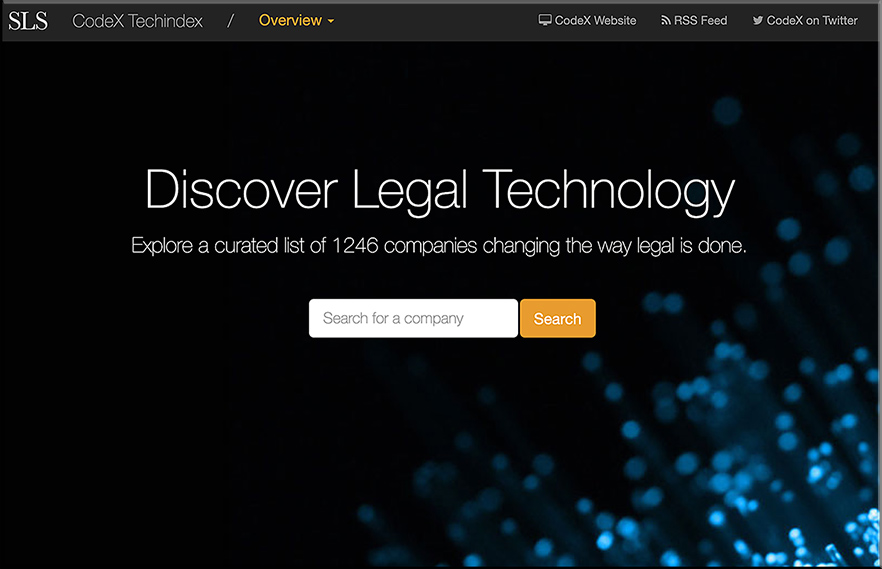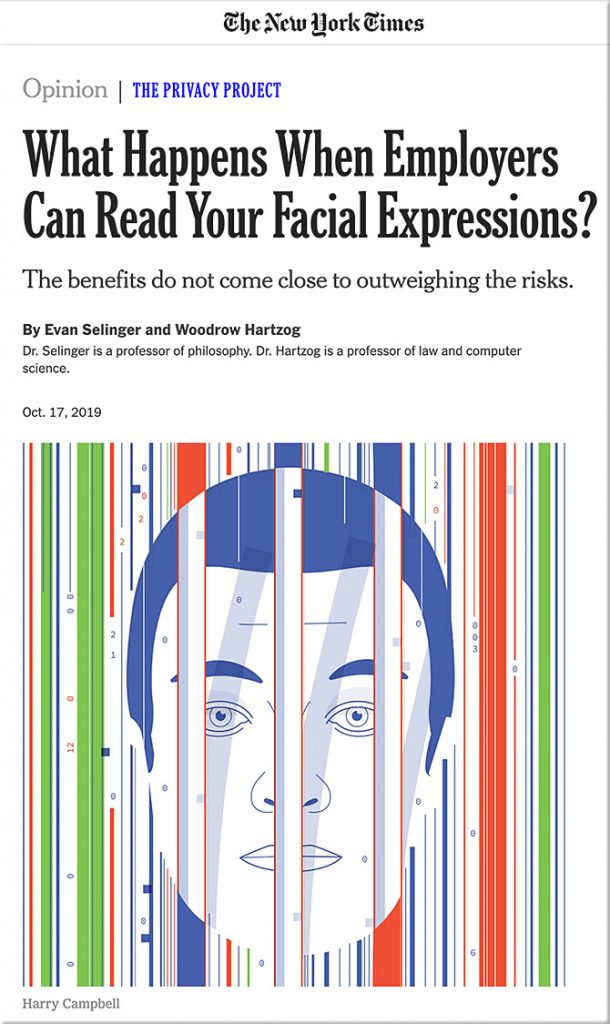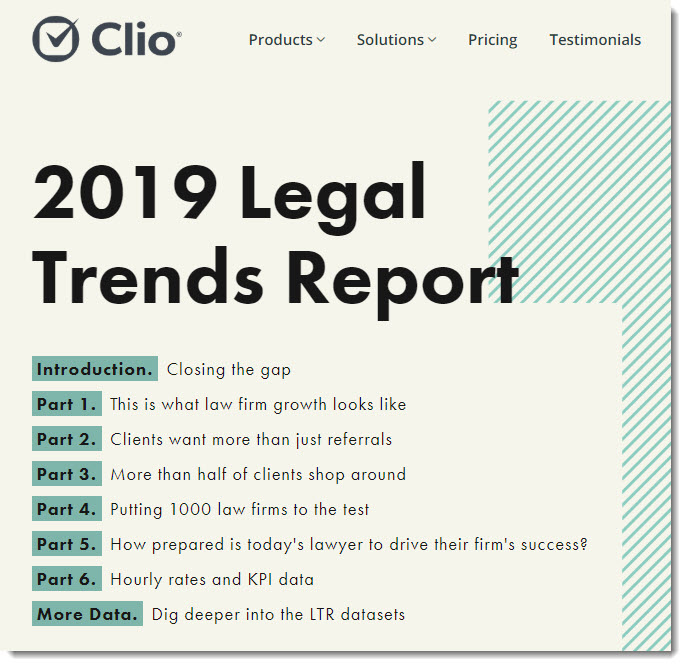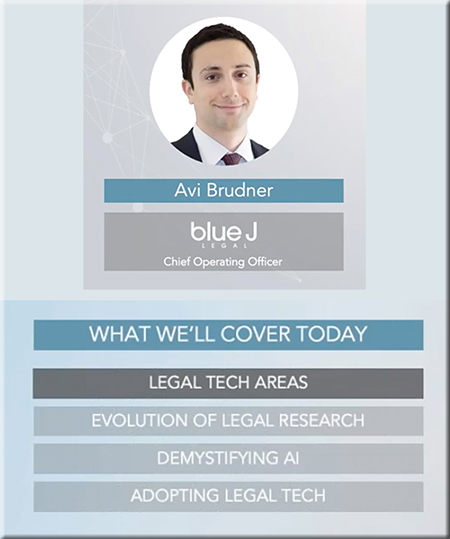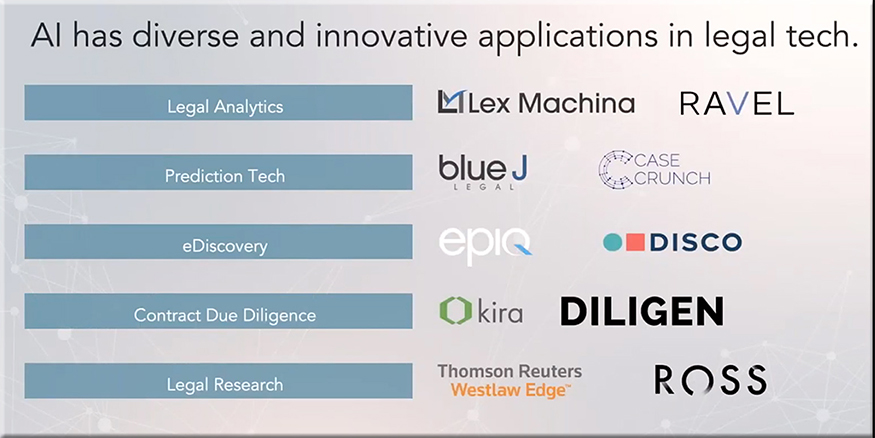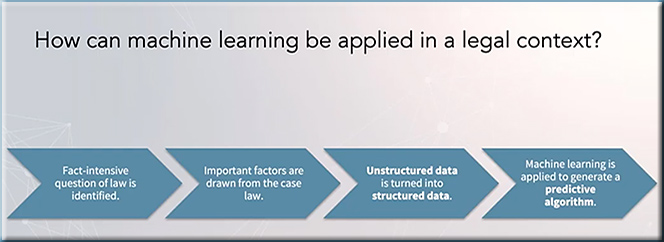Conscious onboarding: 10 ways to support new online instructors — from evolllution.com by Rebecca Cooney
In the scramble of expanding online programs, colleges often neglect to establish a formal onboarding process to address the unique challenges of online instruction—putting faculty confidence and retention at risk.
Excerpt:
#1: Establish an Online Community of Practice Devoted to Faculty Teaching Online Courses
When executed well, a culture of community establishes a set of shared values and expectations that influence how a group interacts, functions, and collaborates. By developing a specific online community of practice for your instructors teaching online courses, you provide them with a real-time information hub they can refer to for topics and materials that directly impact the work they are doing every day. An online community of practice includes announcements and discussions, a shared files system, FAQs and how-to’s, templates, databanks for approved-to-use lecture slides, recorded lectures, tutorials, standard syllabus language, approved digital assets and rubrics.
Learn more and download a report about exploratory research in the value of developing online communities of practice. (Office of Educational Technology, n.d.)









